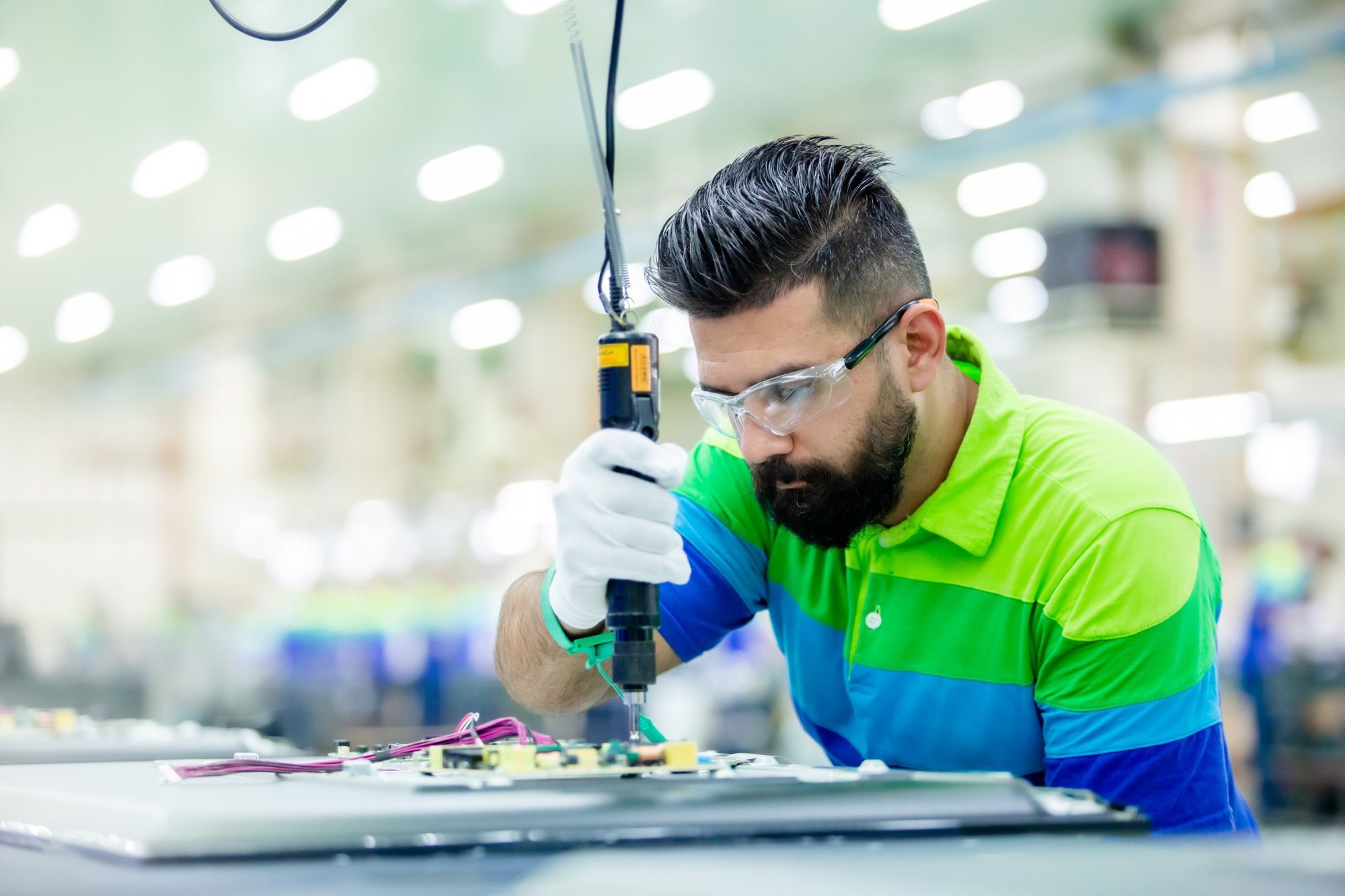The manufacturing industry is the backbone of both the American and global economies. Manufacturing leaders are always trying to stay ahead of trends, challenging the status quo and finding solutions to common issues that can cause slowdowns. The health and success of the manufacturing world impact each and every consumer in how they shop, what they spend and how they live their daily lives.
From smart factories and AI implementation to continually addressing supply chain issues, the manufacturing industry has numerous areas of growth to watch in the years to come. Let’s examine some of the most significant trends and challenges that the manufacturing world will face over the coming months.
 Supply Chain Resiliency
Supply Chain Resiliency
The supply chain disruptions of 2020 may seem like they are in the rearview mirror for most of us, but they continue to have an impact even years later. It should come as no surprise that the issues associated with the supply chain continue to hold a prominent position as an area for continuous monitoring, management, and improvement, with facilities seeking creative ways to add flexibility and reliability while also retaining value.
In recent weeks, the supply chain has been under stress due to geopolitical tensions and the implementation of tariffs under the new administration. It is crucial to monitor and evaluate the changes and evolution of these issues, as shortages of key raw materials can slow production and increase costs. Onshoring and the rise of automation will be key areas to watch in response to these supply chain issues.
 Smart Factories
Smart Factories
The rise of smart factories is another trend to watch closely as we move forward in 2025.
According to TWI Global, “A smart factory is a digitised manufacturing facility that uses connected devices, machinery and production systems to continuously collect and share data. This data is then used to inform decisions to improve processes as well as address any issues that may arise.”
Smart factories have been on the rise as outdated technology and older manufacturing equipment are phased out. We will see what was once an occasional smart factory come to fruition and become more common practice. To keep pace with competitors, manufacturers will increasingly implement smart technology, thereby leveraging the full potential of data analytics and communication between machinery and central monitoring tools.
Harnessing the Power of AI
In the same way that smart factories are a trend to watch, AI implementation is also something to keep an eye on in the months and years to come. As they adopt AI and other new tech, manufacturers will need to consider how these technologies will affect their workforce, including hiring, training and upskilling.
Sustainability Efforts
Sustainable manufacturing processes and the pursuit of carbon-neutral practices will become increasingly prominent in the next few years as manufacturers recognize the growing desire of consumers to positively impact the environment. In addition to pressure from consumers, governments and municipalities will require compliance with sustainability efforts that will include the manufacturing community.
NAMC and AMTEP remain at the forefront of industry trends to better serve the community. For more information regarding trends in our industry, visit the National Association of Manufacturers’ “Manufacturing Trends 2025 Transforming for the Future” article, where you can explore more trends on the horizon.


 Supply Chain Resiliency
Supply Chain Resiliency  Smart Factories
Smart Factories